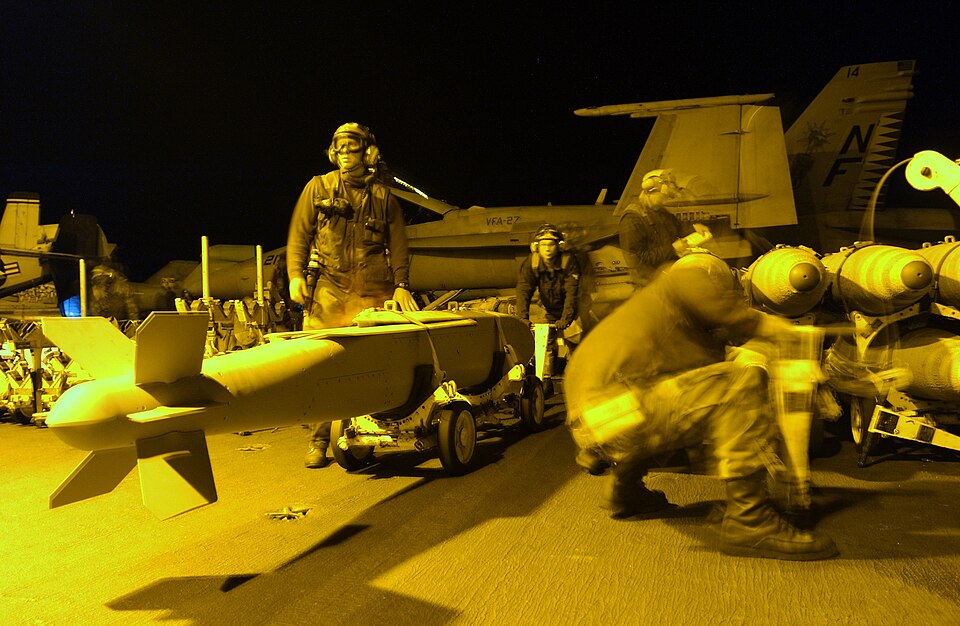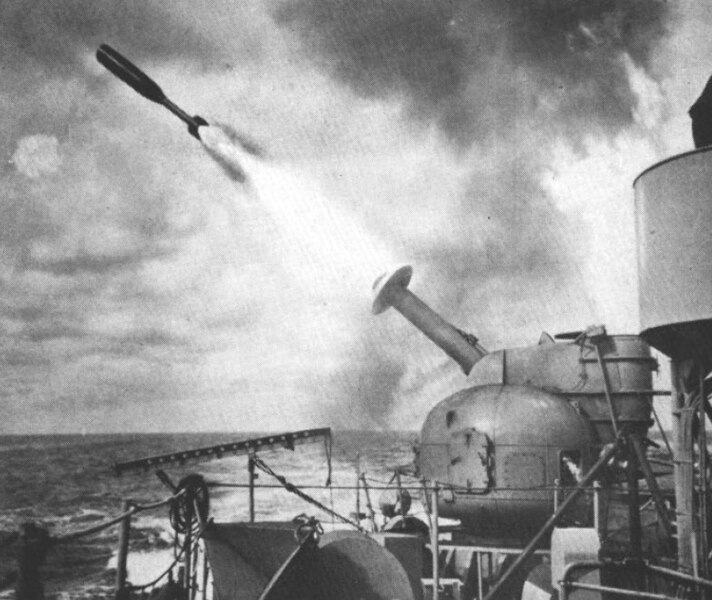
Timelines 10
Man and his Senses 10
Man and his Inventions 10
Geography 10
Fauna 10
Timelines 10
Man and his Senses 10
Man and his Inventions 10
Geography 10
Fauna 10

There is a narrow seam where history, industry and geopolitics meet — and along that seam weapons are supplied and reputations are tested. The relationship between India and the Czech Republic (and earlier, Czechoslovakia) is not new; it is stitched through a century of trade, technical exchange and diplomatic visits, and today it reads like a case study of how smaller engineering-led states and larger demand-driven states find a common language: arms, industrial components and know-how. The formal framework of that relationship — a bilateral Defence Cooperation MoU signed in October 2003 and an active Joint Defence Committee — is simple to note. What matters is what has happened under that framework: Czech companies supplying equipment and spare parts, joint meetings of defence officials, and repeated high-level visits that have kept the channel open.
That long view explains why, in an era of new age tech driven wars and shifting alignments, Indo–Czech defence ties can take on greater significance. In 2024, reports highlighted the new complexity: artillery shells manufactured in India, sold to European buyers, were diverted, in some instances, to Ukraine; among the countries involved in sourcing Indian ammunitions was the Czech Republic, which has taken an active role in mobilising supplies for Kyiv. Moscow raised the issue with New Delhi; New Delhi described press reports about direct Indian supply to Ukraine as misleading while stressing its regulatory framework for exports. The episode shows how commercial defence flows, once they leave factory gates, can be re-routed, politicised and argued over at the highest diplomatic levels.
Read another way, that same episode is also a sign of market change. India, long the world’s largest arms importer, has over the last decade pursued a deliberate and multiple shift toward production and exports. Under the Make in India push and related procurement reforms, defence production rose to a record ₹1.27 lakh crore in FY 2023–24 and defence exports reached ₹21,083 crore the same year — a roughly thirty-fold increase over ten years — with an official target of ₹50,000 crore in exports by 2029. These are not small adjustments; they reframe India from buyer to competitor in many markets and place new value on indigenous systems that once existed only on paper.

This transformation is visible in the list of exported systems. Finished platforms developed or manufactured in India — the Akash air-defence missile, the Pinaka rocket system, the BrahMos cruise missile and 155mm artillery guns — have begun to find customers abroad. Armenia, for example, has purchased Akash batteries and Pinaka systems; other countries have shown interest in co-production and co-development of Indian systems. The practical consequence is that India now engages as a seller of whole systems, not merely as a supplier of components, a change that reshapes strategic relationships with countries in Europe and beyond.
At the same time, Prague’s interest in defence collaboration is pragmatic. Czech firms and the Czech government have shown interest in expanding cooperation in defence technology, spare parts and maintenance, and, crucially, in leveraging Czech niche capabilities in areas such as aerospace and specialised manufacturing. In New Delhi those overtures align with India’s openness to transfer, co-production and technology partnerships under the Make in India framework. The two sides, therefore, find complementary assets: Czech engineering and component-level expertise; Indian scale in production, an expanding supplier base and growing domestic R&D.
Policy tools and startup impetus now make the partnership more than a buyer-seller story. India’s Innovations for Defence Excellence (iDEX) programme, administered through the Defence Innovation Organisation and supported with dedicated grants and procurement pathways, seeks to pull startups and MSMEs into defence design and prototyping, offering SPARK grants (up to ₹1.5 crore, and more under iDEX Prime) and an explicit procurement route for successful demonstrators. Public materials show an active pipeline of problem statements, contracts and small awards that are meant to shorten the pathway from prototype to fielded capability. That pipeline is precisely what foreign partners seek when they contemplate technology transfer or joint production: a local ecosystem that can absorb and scale capability. There is also a geopolitical layer.
Reports of Indian-made ammunition reaching Ukraine (even when sent by third parties) prompted diplomatic friction between New Delhi and Moscow. It also illustrated a new leverage for buyers and intermediaries: procurement choices in New Delhi ripple outward in ways that are not wholly visible or controllable. For the Czech Republic — a small EU member with engineering assets and NATO allies to consider — defence ties with India offer an opportunity to diversify supply chains (and, for India, an opportunity to deepen partnerships in Europe).
But they also carry the risk that existing laws and export-control safeguards will be tested by decisions made several steps down the chain of sale. If one were to place a key hinge on this story it would be the practical confluence of narrative and capacity: India’s narrative of self-reliance and export ambition; the Czech Republic’s narrative of niche industrial capability and European connection; global narrative of contested supply lines and wartime urgency. Weapons are not toys; yet they can travel the same logistics routes, be inspected by the same regulators, and be rebranded by intermediaries. The contemporary India–Czech Republic defence relationship is best read not as a single agreement but as a set of overlapping industries, institutions and political choices that together determine whether a domestic missile program becomes an export headline or a diplomatic incident.
Sources:
https://tinyurl.com/22rdp46a
https://tinyurl.com/2xzgzvhj
https://tinyurl.com/2xzgzvhj
https://tinyurl.com/27yeqlwz
https://tinyurl.com/24otd773
https://tinyurl.com/2xhdxojb
https://tinyurl.com/25gz62kk
https://tinyurl.com/24shwcus
https://tinyurl.com/2aaqq4jo
https://tinyurl.com/2aan8e2k
https://tinyurl.com/245nljey